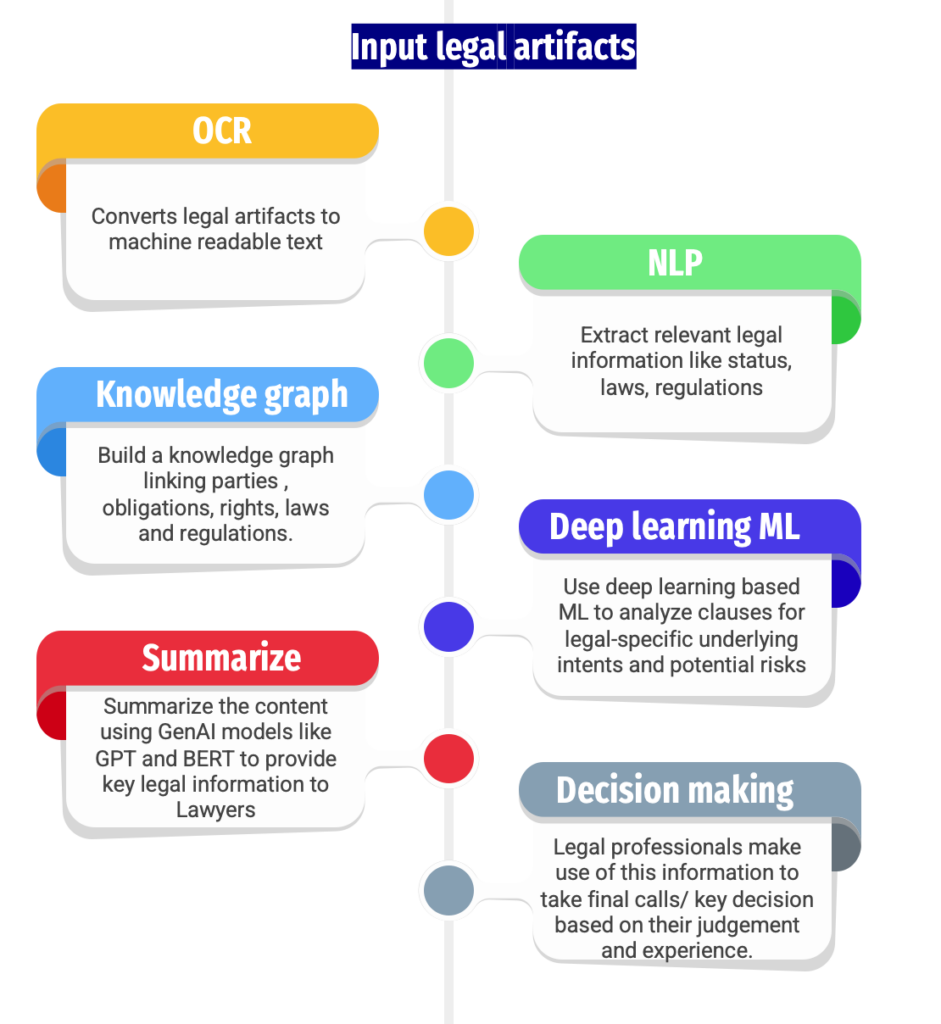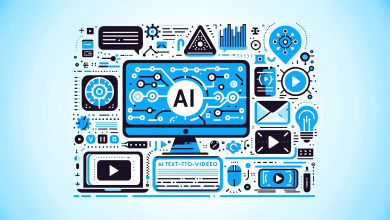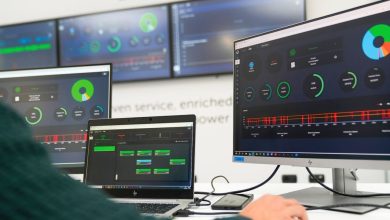The legal profession, typically characterized by scanning of zillions of legal artifacts, and documentary evidence traditionally pivoted in meticulous manual review, is on the verge of digital transformation. The integration of AI in the form of Generative AI, traditional ML in conjunction with Natural Language processing, emerged as an important aspect of this digital transformation. Nearly 70% of all the legal practices across the US have or are on the verge of adopting AI in their landscape in some form. But how big is the impact of this adoption and is it going to alter the Legal industry significantly for the good? We will examine more about it in this article.
With the advent of AI and ML advancements, the impact of these technologies has been profound across all industries and the legal sector is no exception. In today’s legal practice landscape, AI has made significant inroads. The main advantage of using AI lies in optimizing routine legal operations like scanning thru legal artifacts and evidence, drafting contracts, reviewing documents etc. According to Goldman Sachs, around 44% of routine legal tasks can be automated using AI. This leads to heightened efficiency of legal workers as legal practitioners can complete a larger number of operations in a relatively shorter period. AI also enhances access to judicial resources as it promptly points to necessary legal references, assesses them and provides required data which lessens the burden on legal professionals and improves decision making. While AI based transformations on one hand, has undoubtedly simplified various aspects of the legal practice, it has also posed several unique challenges that need to be addressed before its widespread adoption can be justified as beneficiary to the society as a whole.
So how does AI help with Legal? To begin with, AI power chatbots can help Legal entities collect initial information, primary analysis, quick insight and quickly address basic enquiries. This enables relatively smaller legal practices with very limited customer facing resources to reach out to a wide audience and allows people across society to access prompt legal guidance. Thus, AI helps legal guidance to make it more accessible to the masses. AI excels in e-discovery capabilities by searching databases and documents and summarizing them and it is put to good use to explore vast databases, as well as quickly analyzing and summarizing large number of legal documents, evidence, court proceeding transcripts etc., extracting the main highlights and relative information for legal professionals to review. Legal practices can save a significant amount of time by using AI to automate these tasks. AI models can analyze historical data, look for patterns, important attributes and trends to predict verdicts and subsequently help legal professionals strategize accordingly. Figure 1 illustrates some common ways AI helps in Legal.
Figure 1: AI uses in Legal
Furthermore, Lawyers can save significant time and effort using GenAI models to draft standard legal documents such as a legal brief, a non-disclosure agreement or a service level agreement. This allows legal professionals to focus more on complex and customized legal matters that need mode niche skills. This shift towards leveraging AI for routine tasks not only enhances efficiency but also elevates the role of legal practitioners, enabling them to engage in more intellectually stimulating and impactful work.
How does AI search work in Legal landscape? AI in legal may often start with Optical character recognition (OCR), which converts images or scanned documents to machine readable text, where they are trained to recognize legal specific features like multi-column layouts, signatures and legal citations. The digitized documents are then interpreted, and relevant information is extracted from them using Natural language processing (NLP), which is trained in legal domain to recognize specific legal entities like status, laws, regulations, citations etc. in the document. It builds a knowledge graph by linking the parties involved, their obligations, rights, and relevant laws, regulations etc. NLP Based deep learning models are used to analyze clauses or statements to determine what is the legal specific underlying intent and if it poses any potential legal risks to the clients. GenAI models such as transformer-based architectures like GPT and BERT are used to summarize the context generated by the previous steps to provide key legal information to the lawyers. Figure 2 is the illustration of these key processes.
Figure 2: Key processes in Legal AI
Furthermore, GenAI models analyze case data, historical proceedings, retrieved precedents and extracted legal insights to simulate potential case strategies for the lawyer like how similar cases have concluded or what ruling trends exist with similar attributes. By organizing a “graph” of documents, evidence and insights, AI produces a “case map” that outlines how various fragments of evidence fit together to support or refute e legal argument. This “case map” approach not only streamlines the preparation process but also enhances the strategic planning capabilities of legal professionals, offering a more holistic view of the case at hand.
Is “all well” with AI adoption in Legal? The short answer is NO. To begin with, there is huge concern on the general problem of GenAI models to hallucinate which often results in incorrect facts and erroneous outputs. There have been instances in the past where attorneys aided by Generative AI have produced legal briefs, which were later found to be completely fabricated leading to loss of credibility of the legal practitioners involved.
AI models are often as good as the data they are trained on. As such, AI models are often prone to bias (such as gender, socio-economic or racial), likely to originate from biased historical data sources. When biased models are used in law, they can lead to unfair outcomes and perpetuate discrimination. And then there are ethical concerns.
Generative AI models function as “Black boxes”, which results in lack of explainability on how the models arrived at any conclusion. This lack of transparency causes ethical issues, as legal decisions on opaque AI processes are bound to be questioned for their legality, accuracy and fairness. If AI models are used to devise strategies, deduce conclusions or predict case outcomes, the legal practitioners may struggle to explain how the AI models deduced those inferences. Data confidentiality is often another risk of employing sophisticated AI models as large datasets used for training the models may have unknowingly exposed client confidential information, without incorporating adequate anonymization techniques.
Moreover, there is a subtle risk of potential displacement of legal practitioners specifically in low end roles like paralegals, legal researchers, and document reviewers, roles which quite often serve as foundation of budding legal professionals. It is crucial to address these challenges head-on, ensuring that AI adoption does not compromise the integrity and fairness of the legal system. While Generative AI has immense transformative potential for the legal industry, the ethical, data privacy and social challenges must be carefully addressed and appropriate guardrails should be set to strike balance between automation and ethical responsibility, ensuring that it augment, rather than undermine the code principles of fairness and justice.
What does the future look like? Despite the shortcoming adoption of AI in the legal practice, the merits look quite promising and are poised to be transformative and are going to be eventually integrated into the legal process. This transformational adoption is envisioned with the beginning of a hybrid approach, where Ai and human expertise would coexist. AI will strengthen its usefulness in repetitive tasks of scanning documents, drafting most common legal documents, providing insights from vast amount of evidence, etc. with human oversight from paralegals and apprentices, while human lawyers will bring context, creativity and ethical judgement to the legal profession.
AI will likely play a significant role in democratizing legal access to the masses by enabling legal practices with limited resources to expand their services and offer their services to the unprivileged sections of society. Human intervention and oversight are crucial to address ethical challenges, ensuring transparency, credibility, fairness and accountability and every effort should be made by legal practices to ensure that AI should not replace a human in strategic thinking and decision-making, which is key to safeguarding the core values of the legal profession, but only limit AI to assisting the legal practitioners. In this evolving landscape, legal practitioners who embrace and integrate AI into their work will thrive in a future where AI aided technology will play a pivotal role in enhancing capabilities, rather than replacing legal expertise.






